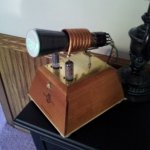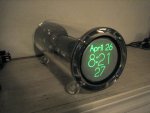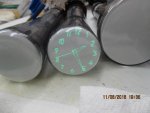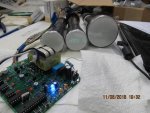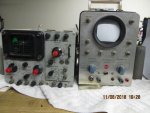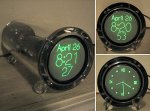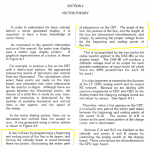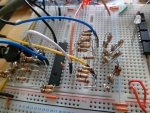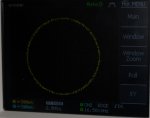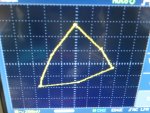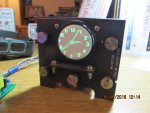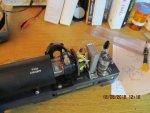binary1248
Senior Member
I searched the forums for any thing related to CRT and found nothing. I was wondering if anybody has applied the picaxe to low voltage (les than 1000v) CRT control for a clock, or just drawing things with vector graphics.
I already ordered a kit to do this using a 2BP1 crt, but it would be fun to try a little circuit control. Lots of stuff on the internet about using micros and the circuits needed to drive the CRT, but before I start breadboarding some kludge circuits, just wondered who else may have approached this using PixAxe chips.
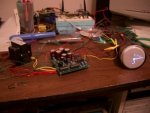
Perhaps our good old basic won't be fast enough other than simple squares or pointers.
.
This is the kit I ordered, different CRT (2BP1) Uses a PIC18f26k20 and PIC12f629, also uses external DAC TLC7528 Dual Dac, but comes preprogramed.
.
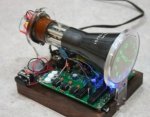
I already ordered a kit to do this using a 2BP1 crt, but it would be fun to try a little circuit control. Lots of stuff on the internet about using micros and the circuits needed to drive the CRT, but before I start breadboarding some kludge circuits, just wondered who else may have approached this using PixAxe chips.

Perhaps our good old basic won't be fast enough other than simple squares or pointers.
.
This is the kit I ordered, different CRT (2BP1) Uses a PIC18f26k20 and PIC12f629, also uses external DAC TLC7528 Dual Dac, but comes preprogramed.
.

Last edited:

